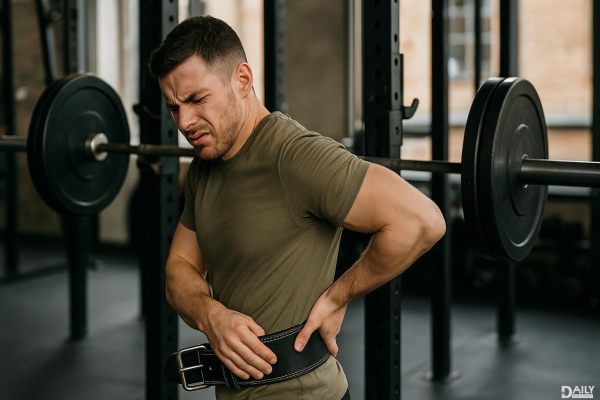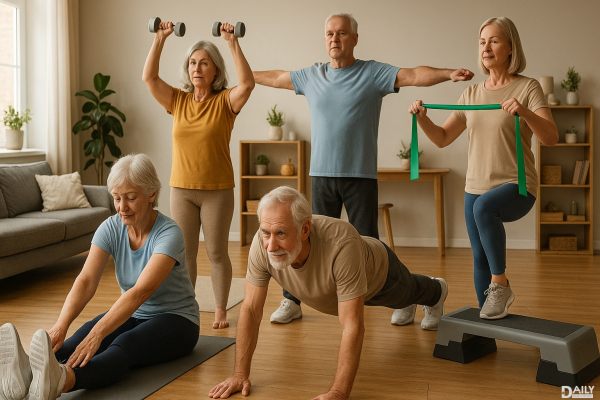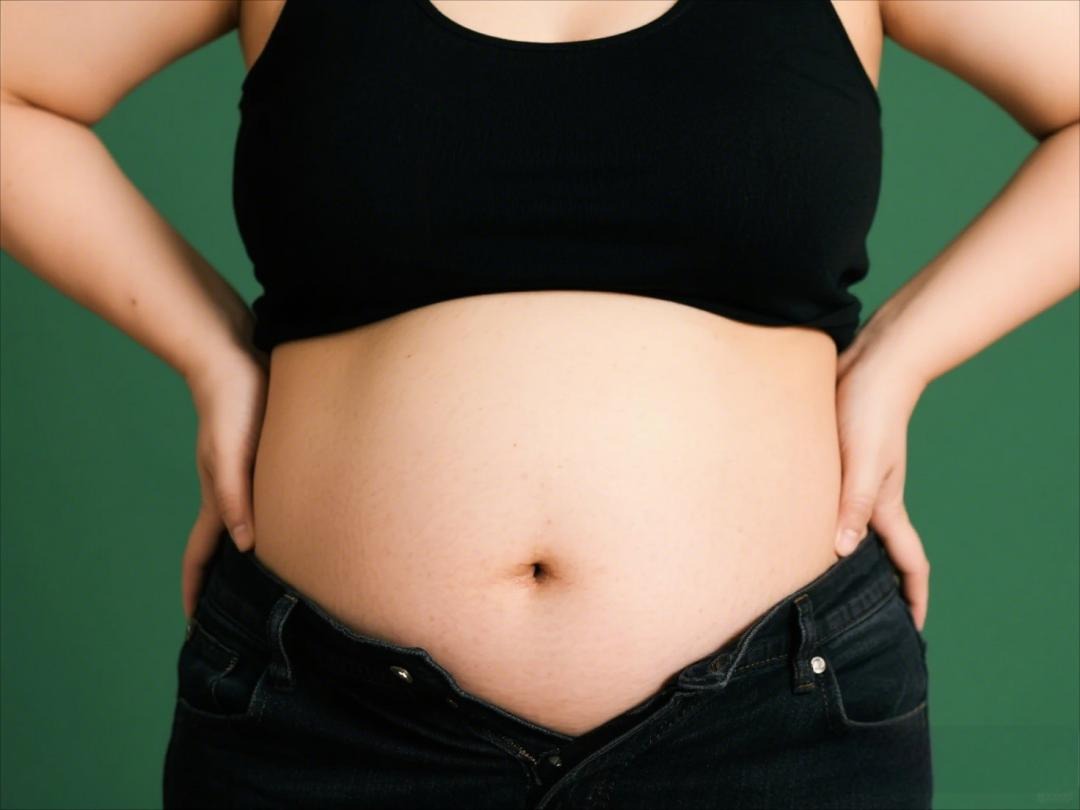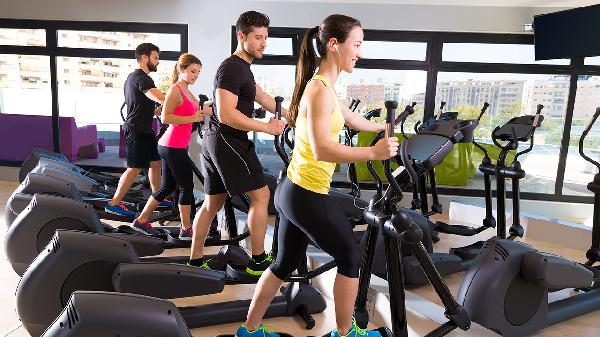If you've ever wondered whether you need a lifting belt at the gym, the answer is: it depends. A lifting belt isn’t a magic fix for back pain, but it can be a game-changer when used correctly—especially during heavy lifts like squats and deadlifts. The key is knowing when to strap it on and when to let your core do the work. Let’s break it down so you can train smarter, not harder.

Lifting belts aren’t just for show—they serve a real purpose, but only in specific situations. If you’re hoisting light weights or doing isolation exercises like bicep curls, a belt is overkill. But when you’re pushing near your max on compound lifts—think squats, deadlifts, or overhead presses—that’s when a belt shines. It helps create intra-abdominal pressure, essentially giving your spine extra support so you can lift heavier without turning your lower back into a ticking time bomb. That said, relying on a belt for every single rep can weaken your core over time. Use it strategically, not as a crutch.
Here’s the nerdy part: a good lifting belt doesn’t just squeeze your waist—it gives your abs something to push against. When you brace your core (imagine someone’s about to punch you in the gut), the belt amplifies that tension, stabilizing your spine like a built-in back brace. Studies show belts can reduce spinal compression by up to 40% during heavy lifts. But here’s the catch—it only works if you’re bracing correctly. No belt will save you if your form looks like a question mark.
If your lower back feels like it’s doing all the work during squats or you catch yourself rounding like a shrimp during deadlifts, a belt could help—but it’s not a free pass to ignore pain. Sharp, shooting pains? That’s your body screaming for a form check, not just a belt. Other warning signs: if you can’t perform a bodyweight squat without discomfort, or if your back aches after lighter sets. In those cases, dial back the weight and work on mobility before strapping up.
Walk into any gym and you’ll see folks wearing everything from flimsy Velcro wraps to thick powerlifting leather. For serious lifting, skip the drugstore specials—you want a 10-13mm leather or nylon belt with a consistent width (usually 4 inches) all around. Powerlifters swear by lever belts for their rock-solid fit, while Olympic lifters often prefer narrower belts for mobility. Pro tip: try it on before buying. A good belt should feel snug but not cut off your breathing—if you’re turning purple, size up.
Here’s the truth: belts are tools, not solutions. If you’re constantly reaching for yours, it’s time to strengthen your natural “belt”—your core. Exercises like planks, Pallof presses, and suitcase carries teach your abs and obliques to stabilize without external help. Try this test: if you can deadlift 1.5x your bodyweight with textbook form beltless, your core is probably belt-worthy when you go heavier. But if you struggle with half that weight, focus on raw strength first.
At the end of the day, lifting belts are like seatbelts—they’re there for protection when things get intense, but they won’t steer the car for you. Use them wisely, listen to your body, and remember: the strongest lifters know when to gear up and when to go bareback. Now get out there and lift smart.
























